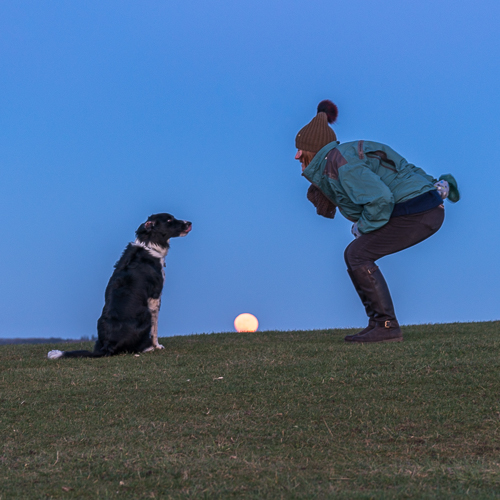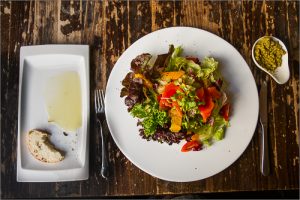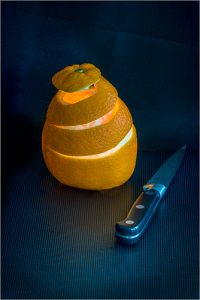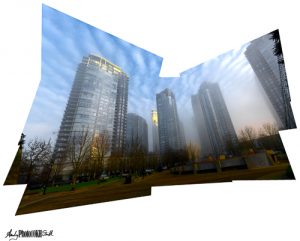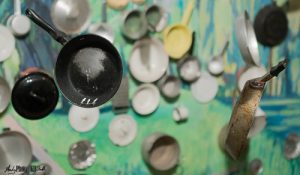February 2018
285 to 381 of my 10,000 hours deliberate practice learning photography.

28 February 2018
Hours 378 to 381
Morning shoot at Cliveden some now on the ground
A couple of hours creating the following:
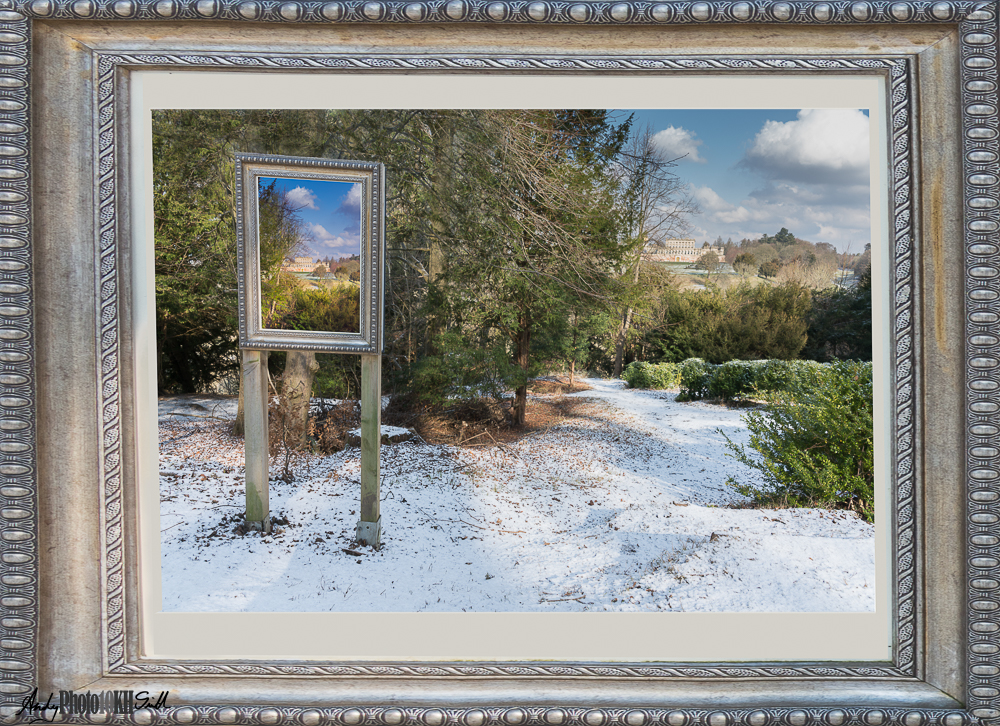
The original image of the above shows the painting made from the same position. However, the foreground tress and shrubbery have changed to such an extent that some of the dominant features of the painting no longer reflect the scene today. So I thought it would be fun to help them out and replace the painting with a detail of the image itself manipulated to look like summer and the frame the image itself with the physical frame of the painting.
Note:
- I took another version of the same shot on 31 January 2018
- I made a better version of the above image (using the same photo as a base) on the 1 March 2018,
I booked onto a talk at the Barbican on the 7th March by Professor Julian Stallabrass on “Photography, Journalism, and Legacy: Exploring the estate of photojournalist Philip Jones Griffiths”.
27 February 2018
Hours 375 to 377
Cold morning shoot at Burnham Beeches before sunrise. In the first half hour only took one shot (pressed the shutter release only once) – applying yesterday’s advice of “think more, shoot less.” Quite please with the semi-abstract woodland shot below.
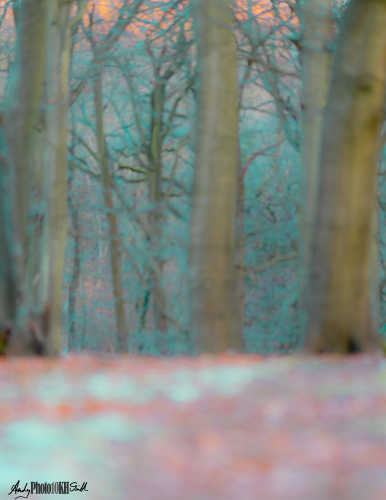
Some further dog photography including the following where Harley is looking particularly handsome:
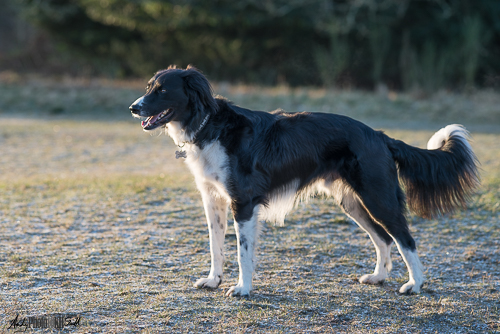
Watched the Ted Forbes YouTune on Michael Kenna by way of studying the artists I most admire and would like to emulate. Ironically, one of Ted’s criticisms of Kenna, is that he is “over-emulated”; too many aspiring photographers copy his style.

26 February 2018
Hours 371 to 374
A cold photographer and his dog out in the snow at Langley Park before sunrise.
Use the technique demonstrated by John Humphrey at the seminar last week to add snow to the image on the right.
Although swan’s are horribly over photographed, I think there is potential for an image like the following, where the head is in super sharp focus and the beak is the only splash of colour in the image.
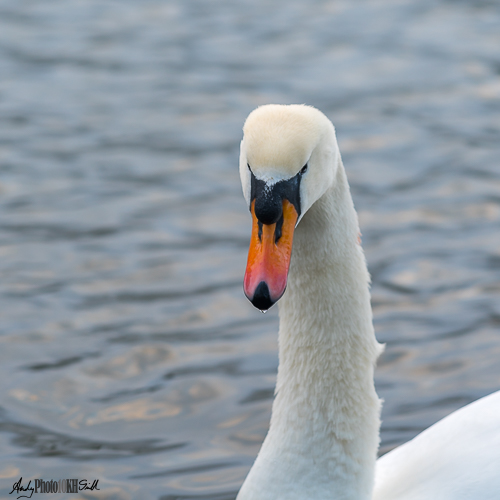
Ted Forbes YouTube video on 3 Tips to Improve Your Photography:
- Narrow your focus
- onto the thing you specifically want to improve
- who are the photographers who do this best – emulate their styles
- Think more – Shoot less
- plan ahead – think strategically about what is required
- adapt to the circumstances – work tactically.
- Understand improvisation
- Improvisation in jazz music is apparently the culmination of years of training and experience
- Even less than spectacular images are building the experience that will enable a future culmination.
Take home lesson for me: beyond a general grounding a in all aspects and genres of photography, my aspiration is to create more minimalist images like those of Michael Kenna or John Pawson.
Shooting the snow scattering on the big field at sunset.
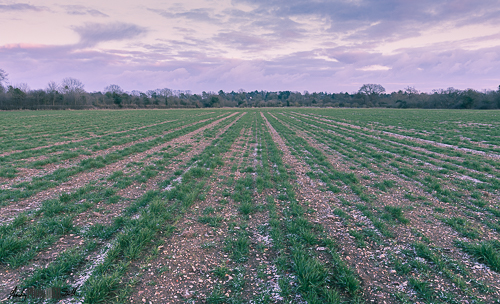
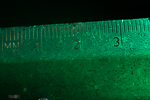
25 February 2018
Hours 370
An hour practising macro photography.
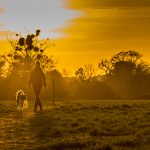
24 February 2018
Hours 368 to 369
Evening shoot of Harley and Fran in the Big Field, plus updating this journal.

23 February 2018
Hours 366 to 367
Morning update of my Third Post in the Big Field project.
Sorting some potential entries for next weeks “Moon/ Nighttime” competition at the Stoke Poges Photographic Club.
Evening shoot at Stoke Common.
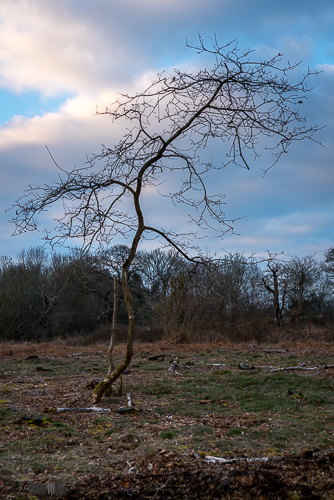
Started “First Attempts at Macro Photography” post.
22 February 2018
Hours 359 to 365
All day workshop at Amersham Studios on Macro and Art Photography by John Humphrey.
Key learning points:
- Use 2 or more flashes for macro work – consider buying a ring-flash
- Magnification = length of extension tubes/ focal length of lens
- Consider use of a wide-angle lens to get dramatic images of animals
- Flowers in ice
- Backlit flowers on a black background
- Photoshop Oil Paint filter to make flowers abstract or to smooth fur on animals (works best on low resolution files)
- Water on coloured card, bubbles, or oil and water for abstract images (often look best in a series)
- Use glycerine as fake water drops
- Cheese graters and othe kitchen utensils for abstract shors ( build a light-tent to avoid reflections)
- Create boards of out-of-focus folage or other backgrounds (stone wall, etc.) for outdoor shots
- Displacement filter for interesting texture
- Make fake sun rays by using the Polygonal selection tool, filling with white, blurring, lower the opacity, and selectively mask out.
- Experiment with Smart blur: Mode = Edge only.
Last rule of composition: “Is it interesting?”
Final insight: the RGB colour scheme has nothing to do with the frequency of light but rather how it is perceived by the three colour cones of the eye.
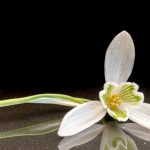
21 February 2018
Hours 352 to 358
First attempt at macro photograhy of a flower. The issue is the very narrow depth of focus; even at f/22 the petals are getting soft at the edges.
Have been watching YouTube videos on this issue
The solution presumably is focus stacking.

20 February 2018
Hours 347 to 351
First attempt at photographing the power pylons at Denham Country Park. Image right, I have a long way to go as this must be absolutely central with all lines totally straight.
Started thinking about a portfolio of 10 images for an LRPS panel which is one of my personal goals for the year.
At the weekend my mentor, George Mardall, gave me some feedback on a recent shot from the Southbank, coincidentally the image used to demonstrate the “Friggin Amazin Detail” Photoshop Action implemented yesterday. Updated version, with more impact below.
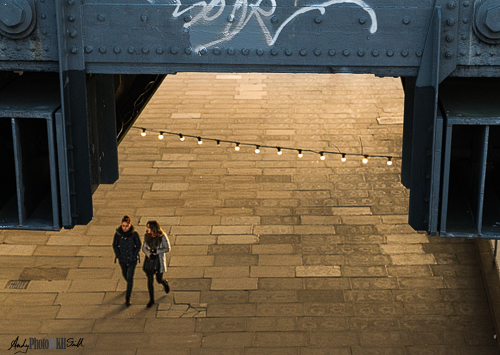
Following another unplanned connection with yesterday’s activity, where I took my first macro photograph. I booked myself onto an RPS course in Amersham on “Macro and Art Photography”.
Two hours at the inter-club photography competition in Maidenhead. My contribution to the competition was:
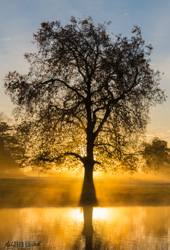
Praised as “simple and effective”
17/ 20 which was an above average score in a competition where all the entries would have scored 20s within their own club.
Observations about the images that scored well and the recurring comments about the others:
- Simplicity does best – great image of three waterfalls, comment was that it might have been stronger if only one were included
- Reduced colour palette – block of domestic flats with the lights on all looking the same; to me it was obvious that a complementary blue/ orange colour theme had been used. See my notes on colour theory
- Don’t shy away from post-processing.
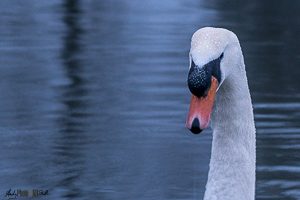
19 February 2018
Hours 338 to 346
Inspired by Vanda Ralevsky’s presentation yesterday, I was up for an early morning shoot at Langley Park.
First attempt at macro photography.

Built a Photoshop action for Serge Ramelli’s “Friggin’ Amazing Detail” technique as originally developed by Calvin Hollywood.
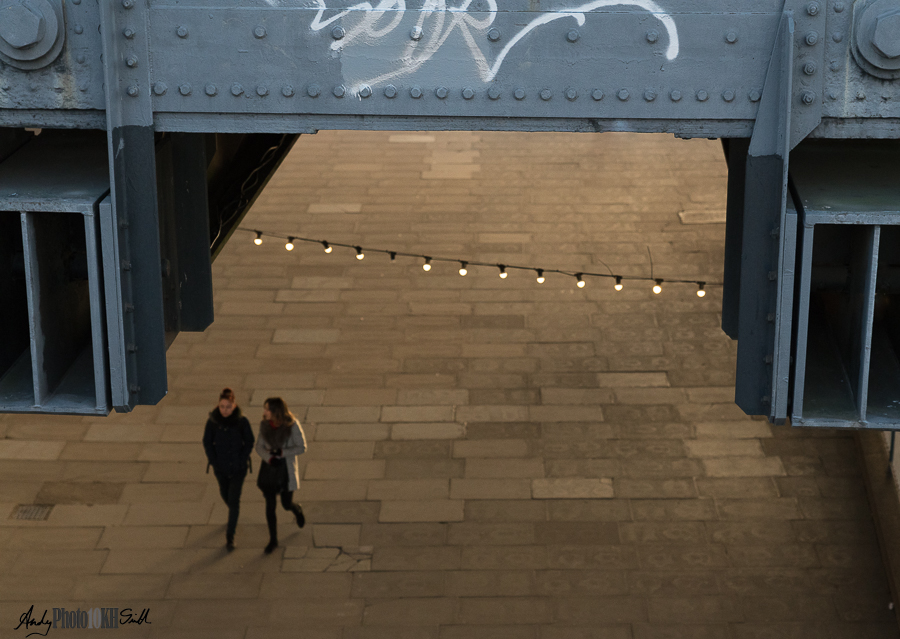
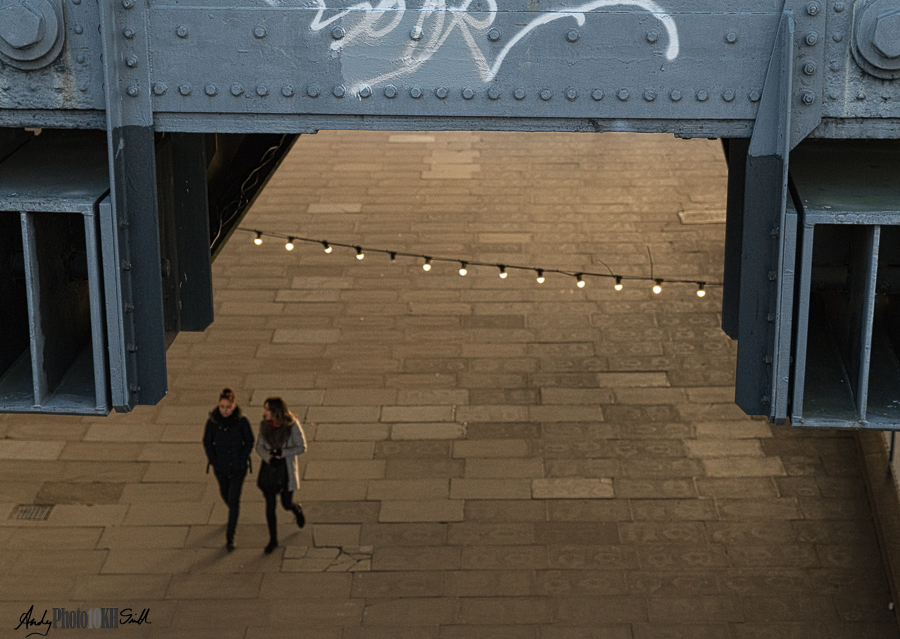
Notes:
- Creating PS Actions
- “Open the Actions Panel” – option under the “Window” menu.
Finished my post on Dog Photography – updated social media channels.
18 February 2018
Hours 333 to 337
Thames Valley Digital Imaging Group, presentation by Vanda Ralevska – “The Experience of Creating Images and Time to Stand and Stare”.
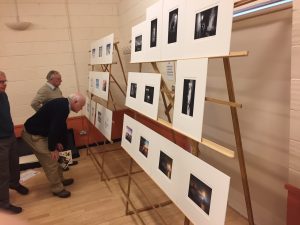
Learning points from Vanda’s presentation:
- Get up early and shoot in the “Blue hour” before sunrise
- She has some great urban abstracts and urban shots from her 366 Project 2016
- Her landscapes achieve minimalism through a combination of
- tight framing
- use of mist and other “bad weather”
- long exposure
“Twelve significant photographs in any one year is a good crop.” Ansel Adams.
17 February 2018
Hours 332
A few shots of the Black Park Parkrun as Jack Nisbet was running his 100th Parkrun.
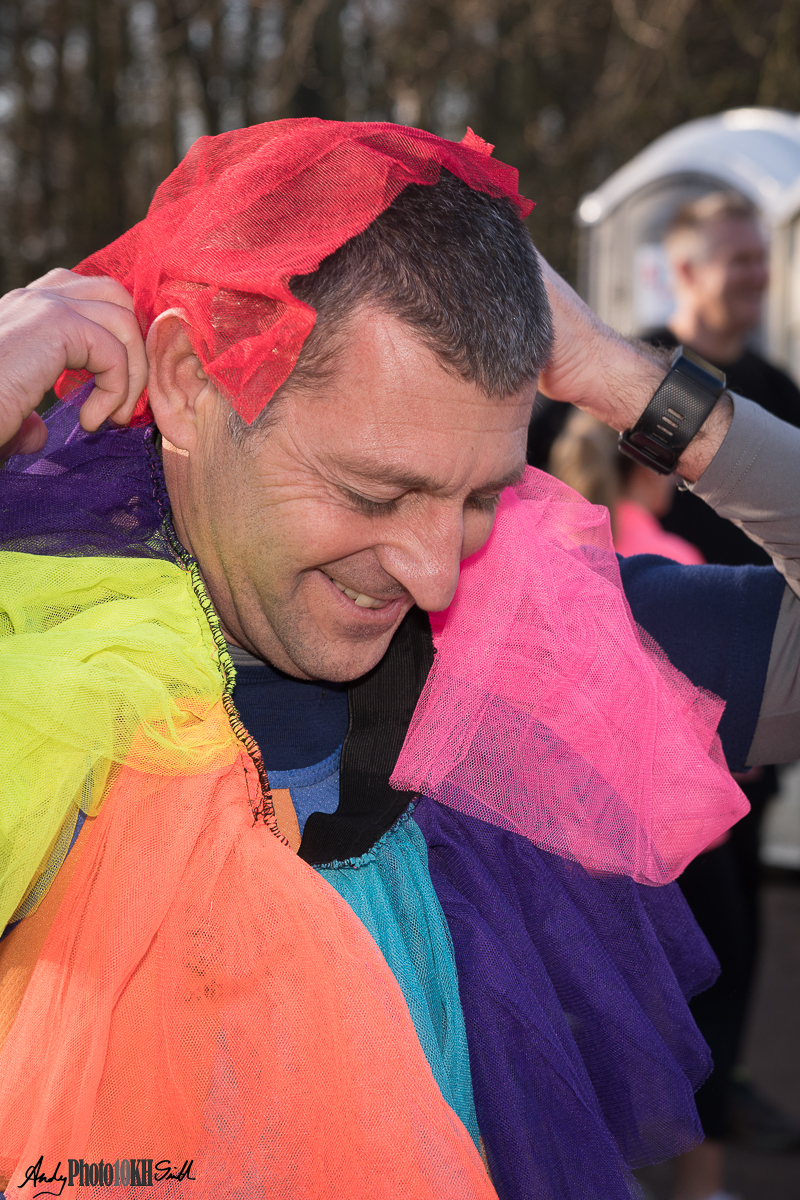
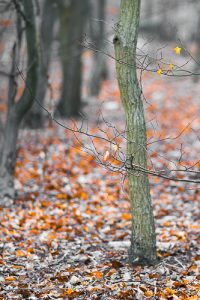
16 February 2018
Hours 328 to 331
Early morning shoot at Langley Park.
Some nice shots of Harley down by the frozen lake.
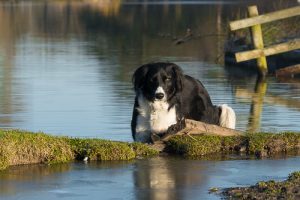
An hour shooting Snowdrop at Welford Park in Reading.
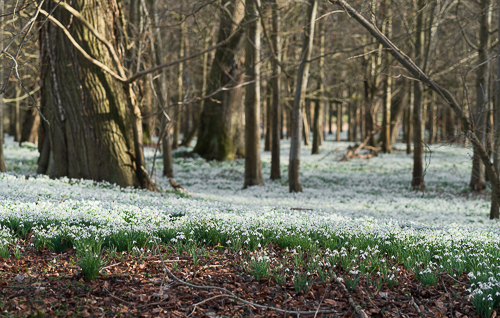
15 February 2018
Hours 325 to 327
An hour at the Andreas Gursky exhibition at the Hayward Gallery on the Southbank London.
Noteworthy aspects of the works exhibited:
- Just about every image that I previously knew about was presented, including Reine II (the most expensive print ever sold)
- The works are huge and super sharp all over
- many of his images, employ the technique of completely filling the frame to suggest that the subject goes on forever.
Updating this journal, some dog photography and watching photographic YouTube.
14 February 2018
Hours 323 to 324
Further updating of the Walkie Talkie images, updating this journal and social media sites.
13 February 2018
Hours 320 to 322
An hour processing images from the London Walkie Talkie Building.
Two hours at the Stoke Poges Photographic Club – Print competition on Food.
12 February 2018
Hours 317 to 319
An hour working on the Dog Photography post followed by two hours post processing Walkie Talkie images.
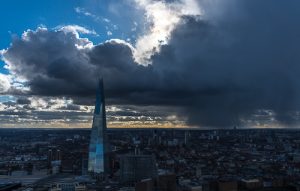
11 February 2018
Hours 316
An hour shooting the London Skyline from the Walkie Talkie Building in London. This was done in two sections, i.e., before and after the lunch we were taking with friends. This was great as the weather changed and we finished out (late) lunch around 5pm just before sunset.
The main challenges of photography at the Walkie Talkie are that everything is set up to make serious photography as difficult as possible.
- The open section is enclused by a 7 foot high glass wall
- I first tried standing on the low foot-bar, which meant I could easily rest my camera on the top of this wall, got barely one shot done before a security guard was on me: “you cannot do this!” OK
- No problem, being quite tall, and adjusting the liveview screed on the back of the camera, I could still reach to top of the wall and shoot fairly effectively. However, Security Guard made clear that “This” also mean just touching the top of the wall.
- If fact he got very animated when I even held my camera above my head close to the top of the wall. Obviously, his job is to stop people throwing things over, but he didn’t seem to share my confidence that I was not going to drop my very expensive camera onto the concrete balcony 10 feet down (pedestrians 35 stories down look to me to be completely safe). However, I stopped.
- The rest of the building has double or triple glaceing which makes avoiding reflections very difficult. So I push my lens right up to the glass and surround with sweater and hands to minimise reflection.
10 February 2017
Hours 315
Updated this journal and started a blog post on dog photography.
9 February 2018
Hours 314
Really our “Shooting on Purpose” today. Goal was to get one shot that addressed all the issues with yesterday’s image of Harley emerging from the split tree.
So, this time I:
- Stood the other side of the tree, so that Harley was emerging into the light
- Set up a small off-camera flash to the left of the image
- Put the camera on the tripod without the legs extended. This makes the lens pretty much perfectly the same height as Harley’s eyes
- Got in close enough, so that I was not going to waste too many pixels
- Had a reward, in the form of a stick to throw, which meant I had his undivided attention.
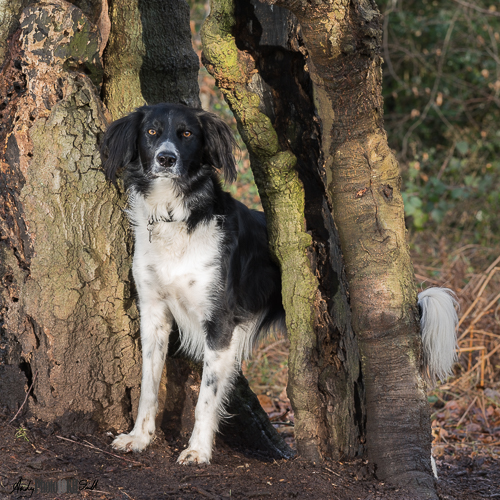
Harley’s willingness to “Stay” and be photographed attracted a small audience of dog-walkers and passers-by.
8 February 2018
Hours 313
Reprocessing some of yesterday’s images.
Learning points:
- Colour temperature, as set automatically by the camera, was too low (4950 old value. 6049 new value)
- Some images look great in black and white.
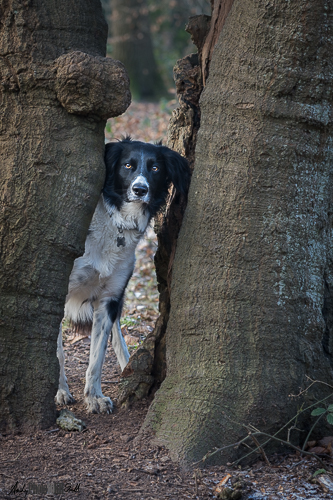
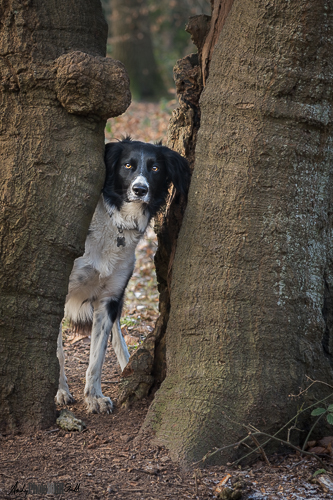
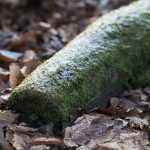
7 February 2018
Hours 309 to 312
Very cold and frosty morning; an hour shooting at Burnham Beeches, iconic scenes of frozen bench, and repeats of some shots I had taken a few months back.
Then managed a breakthrough in dog photography, previously I have sat Harley when I want him, asked him to “stay”, go back to camera, adjust focus and framing, and dog looks bored as anything. This time:
- Set up the shot pretty much as I wanted it
- Picked up a stick (for throwing) – now have 100% of Harley’s attention
- Ask him to “sit”/ “stay” where I want him
- Back to camera, still talking to him, final adjustments, click, wave stick, click, throw stick
- Then a few more throws as a reward to show good will.

Although this image is quite sweet, technically the background is brighter than the foreground, which is distracting and it is a small crop of a bigger image.
Next time:
- Get closer, so that he fills the frame or at least so the images doesn’t require cropping in post-processing
- Use an off-camera flash to fill-in the foreground
- consider shooting from the other side so that he is coming towards the sun. The above image is contra jour.
Two hours processing images from last night and updating this journal.
Compared the images shot today with those previously uploaded to Flickr Burnham Beeches, and the comparison was not favourable:
- Colours lack vibrance (winter vs autumn)
- General lack of punch.
Try re-processing.
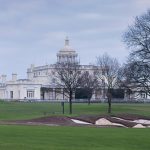
6 February 2018
Hours 305 to 308
An hour shooting at Stoke Park on a cold but grey morning and unimpressive sunrise; followed by am hour processing.
Learning points:
- Light was noticeably better a hour after sunrise, i.e., just as I was leaving
- Boosting Vibrancy rather than Saturation can lead to some strange results.
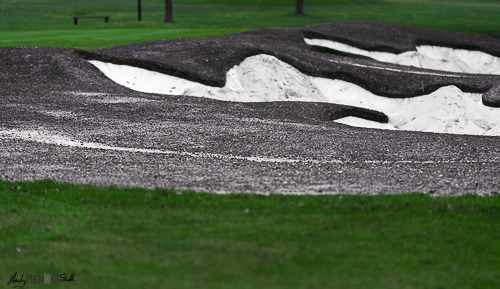
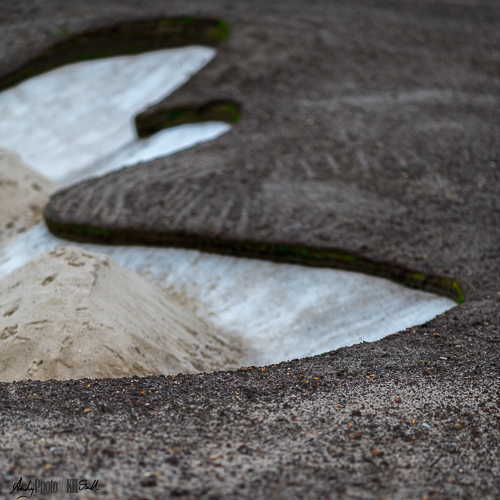
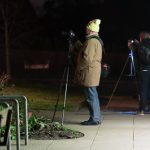
2 Hours of Night Shoot with the Stoke Poges Photographic Club.
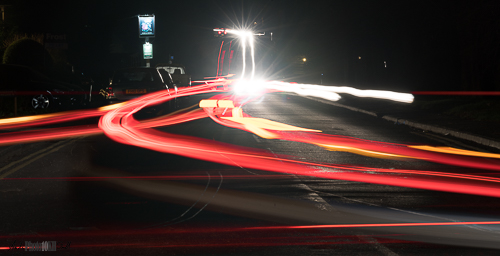
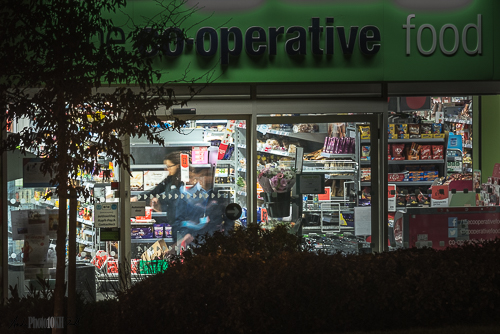
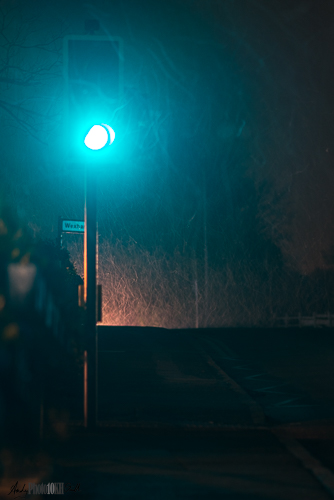
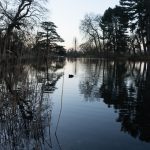
5 February 2018
Hours 299 to 304
An hour shooting Langley Park at sunrise, plus 2 hours processing and updating this journal as below.
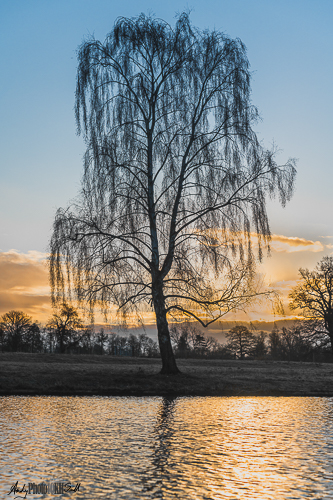
Note: Treatment of the above is a Complementary Blue/ Orange colour theme. See: Colour Theory – First Learnings. Since I have applied this colour theme to multiple images, I have created my first User Preset in Lightroom. This was as easy as one could possibly hope. See great article from Sheen Watkins: “How to Create a Preset in Lightroom CC” (Classic).
Another attempt at shooting macro/ close up: frost on the fallen trees looked quite interesting. Attempting to learn from yesterday’s mistakes, camera on tripod, small aperture.
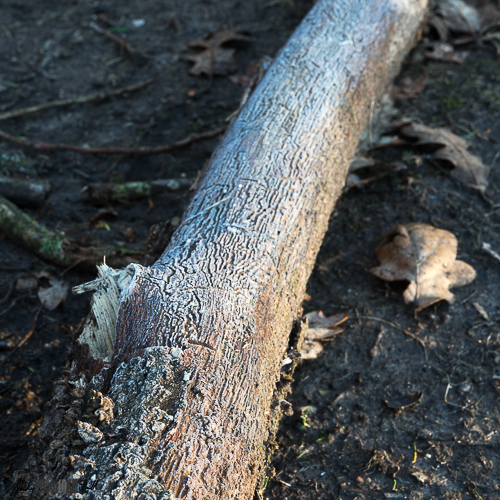
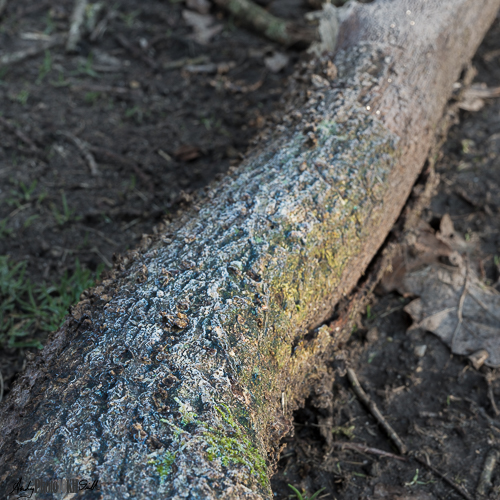
Note the narrow depth of field even given the small aperture, F16, used on each of the above.
Spent an hour creating a folder of Lightroom Presets implementing the Colour Themes in my Colour Theory – First Learnings post.
Started researching how to shoot teathered.
An hour shooting and processing the next in the series of “Shots from the 3rd Post” in the Big Field, Stoke Poges.
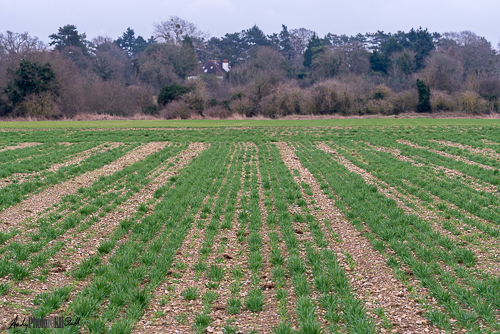
4 February 2018
Hours 295 to 298
An hour at the Taylor Wessing Photographic Portrait Prize (TWPPP) exhibition at the National Portrait Gallery London, and then a little while in the 20 Century section of the main museum. Although the images that were awarded top prizes were outstanding, my companion and I were struck by the mixed quality of some of the other works that the exhibitors chose to display (50 out of over 5,000 entries).
3 hours spent processing yesterday’s images, updating this journal and planning an early shoot tomorrow morning at Langley Park.
3 February 2018
Hours 291 to 294
An hour and a half shooting , in the rain, at Denham Country Park.
Attempted taking some macro shots of wet moss, which I think holds some potential. However, …
Learning point:
- Take a tripod, unlike wild flowers, moss doesn’t move too much in the wind (light breeze anyway), so a exposure times are limited only by how still one can hold the camera
- Use manual focus to ensure that you get the key subject pin-sharp and avoid big out-of-focus blocks in distracting places.
Then trying to implement the lesson from the talk at last weeks photography club: Take 3 different shots of everything.
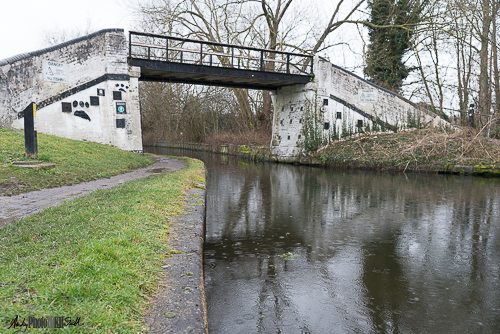
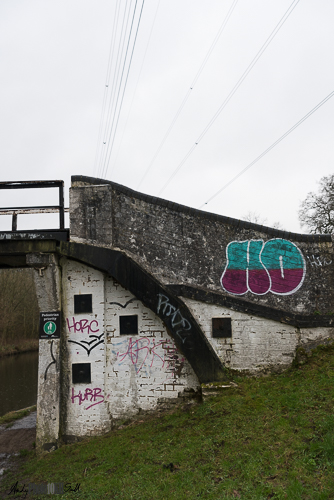
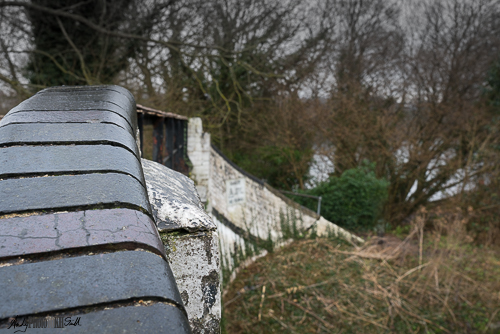
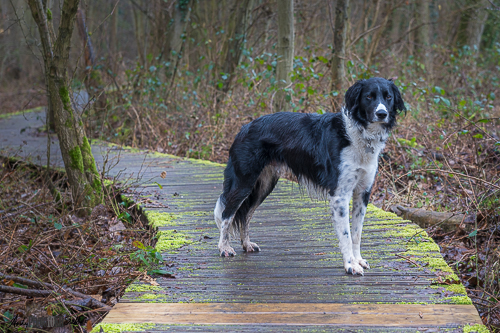
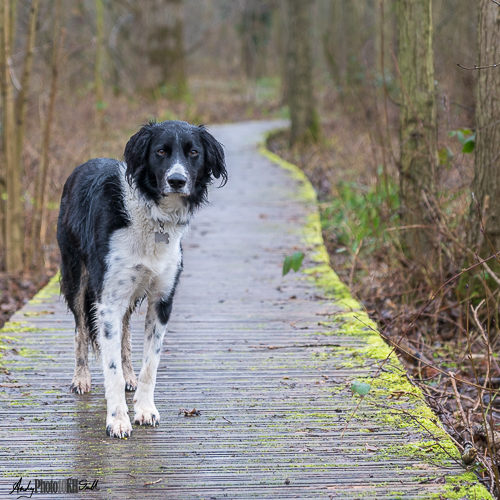
Two and a half hours processing these images and updating this journal.
Further visit to support the Stoke Poges Photographic Club exhibiting at the big Tesco on the Bath Road in Slough.
2 February 2018
Hours 288 to 290.
Morning shooting in Stoke Park.
4 hours at the Stoke Poges Photographic Club exhibition in the big Tesco on the Bath Road in Slough – of which about an hour was useful learning time.
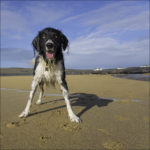
Learning points:
- I now understand the point the judge was making about my print of Harley looking wet and sandy on the beach, right; I should have removed the white house on the horizon that was just touching the edge of the frame. This is a distraction and I mention this in my Competition Strategy post
- Rojer discussed a number of the images and how the leading lines fail as a result of prematurely hitting a dominant object. For example in his image of the Natural History museum the eye runs down the staircase and stops at the woman in the red dress; whereas it would have been better had she have been on the stair case at the back as the eye would have flowed through the picture to meet her.
One hour updating this journal and social media.
Processing the images from this morning.
1 February 2018
Hours 285 to 287
Updating the First 250 Hours post to include aspirations for the next 250 hours.
An hour in Tate Britain visiting the EY Exhibition – “Impressionists in London”.
Most impressive were the later works by the more famous artists: Monet and Whistler. In particular, there were 3 of Whistlers Nocturnes on display and 3 of Monet’s paintings of Westminster Abbey over the Thames. Although I had seen these works as prints in books, on TV or the Web, I was struck by the vibrancy of the paintings themselves.
An hour working on the super-moon shots from yesterday.
